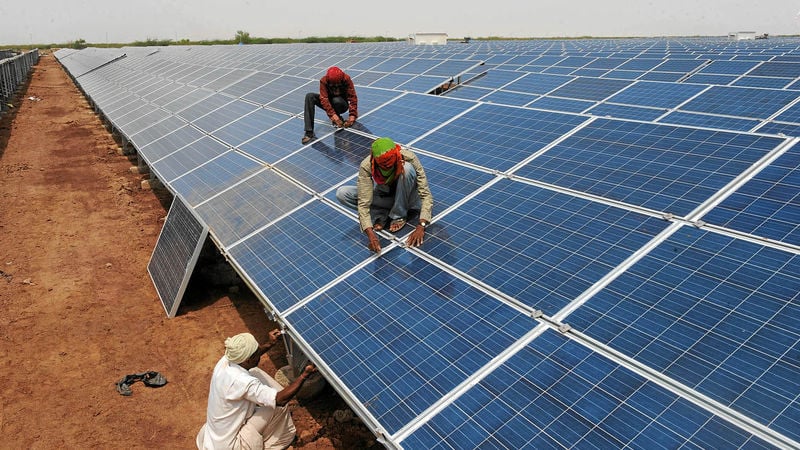Tech
Increasing Solar Photovoltaic Adoption in South Africa: Challenges and Solutions

South Africa, despite its sunny climate ideal for solar photovoltaic (PV) energy generation, has seen slow adoption of this renewable energy source. Currently, solar PV contributes less than 5% to the country’s energy mix, and fewer than 10% of households use solar PV regularly. However, there has been a rapid increase in rooftop solar PV capacity, rising from 983MW in March 2022 to 4.4GW in June 2023, marking a 349% growth. Despite this progress, significant challenges remain that hinder widespread solar adoption.
Financial Barriers
The primary barrier to solar PV adoption is financial. The high initial costs of purchasing and installing solar panels deter many households, especially low-income families who are already burdened by rising electricity prices meant to support Eskom, the state-owned electricity company. Although the government offers a rebate of 25% of new panel costs up to R15,000, this is insufficient for those who cannot afford the upfront investment. Additionally, poor households often lack the collateral needed to secure solar loans, a challenge also observed in other developing countries such as Pakistan, Nigeria, and Uganda.
Personal Barriers
Personal barriers include a lack of knowledge and negative perceptions about solar PV. Many households are unaware of the benefits and proper use of solar systems. For instance, social housing households with solar water heaters received no training, leading to breakdowns and subsequent disappointment, discouraging further adoption. Furthermore, some households view solar PV as unreliable and incapable of meeting all their energy needs.
Institutional Barriers
Municipalities and Eskom have shown limited support for solar PV adoption because they profit from selling coal-powered electricity. A switch to solar reduces their revenue, as seen in Stellenbosch municipality, which could lose up to 2.4% of its revenue annually if households adopt solar energy. Additionally, the lack of clear and strong renewable energy policies exacerbates the problem. Past government projects, such as the 1999 solar home systems initiative, failed due to corruption and unclear guidelines.
Technical Barriers
Technical issues such as equipment breakdowns, difficulties in finding spare parts, and lack of maintenance services also hinder solar PV adoption. Many solar home systems donated through government projects deteriorated due to wear and tear, with spare parts being costly and time-consuming to procure from abroad. This issue is common in developing countries where local manufacturing is limited.
Social Barriers
Social barriers, including theft, further discourage solar PV investment. In remote areas like Folovhodwe village and the Vhembe district in northern Limpopo, the theft of solar panels and equipment is rampant, as these items are easy to steal. Consequently, residents are reluctant to invest in solar energy.
Recommended Solutions
To overcome these barriers, a multi-faceted approach is necessary:
- Financial Support: The government should provide solar loans, power purchase agreements, subsidies, and enhanced rebates. For example, Seychelles offers interest-free loans for solar geysers, a model that South Africa could emulate.
- Education and Awareness: Community meetings, social media campaigns, and school curriculums should educate the public about the benefits of solar PV systems. Solar companies must ensure that customers receive adequate information and appropriate system sizes for their needs.
- Maintenance and Support: Companies selling rooftop solar systems should offer ongoing support and maintenance. Additionally, South Africa needs to invest in local solar PV industries and train more technicians.
- Security Enhancements: Solar panels should be equipped with security features such as motion sensors, floodlights, and fasteners to prevent theft. The government should subsidize these security enhancements to make them more accessible.
Conclusion
Addressing the financial, personal, institutional, technical, and social barriers is crucial for increasing solar PV adoption in South Africa. With strategic government interventions and increased public awareness, the transition from coal-fired power to renewable energy can become a reality, contributing to a more sustainable and equitable energy future for all South Africans.















